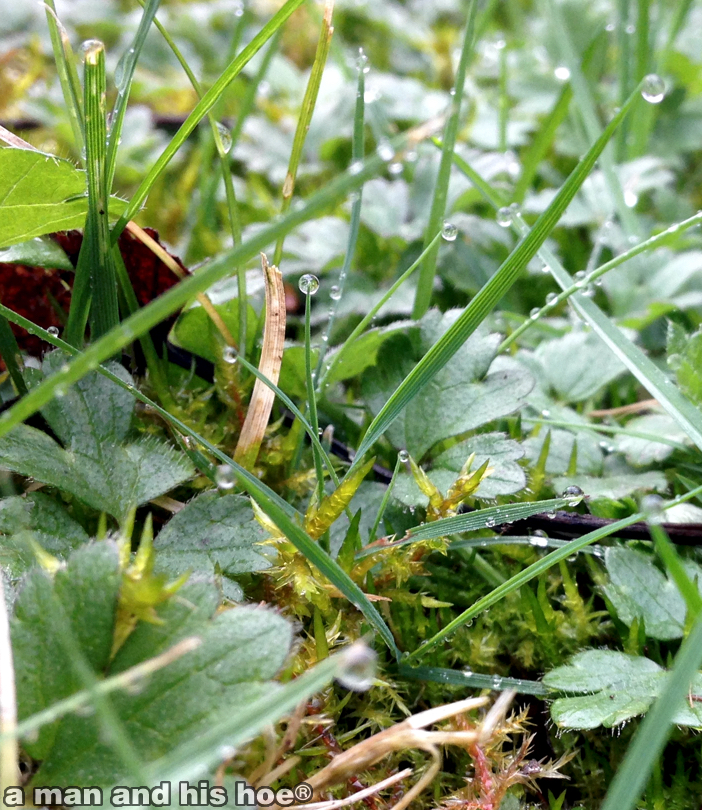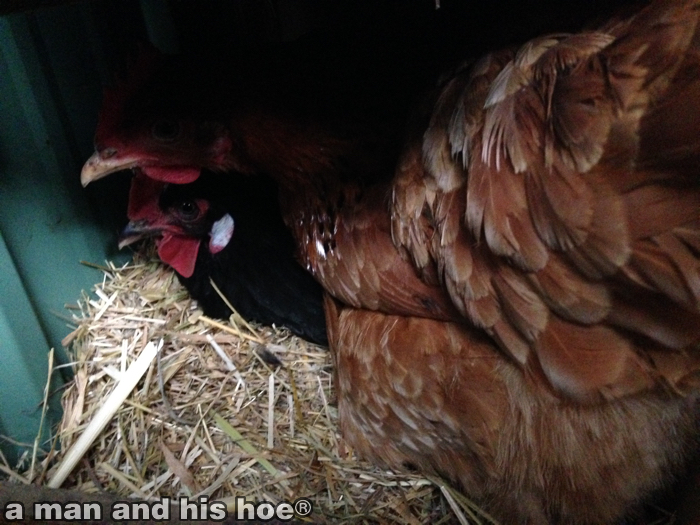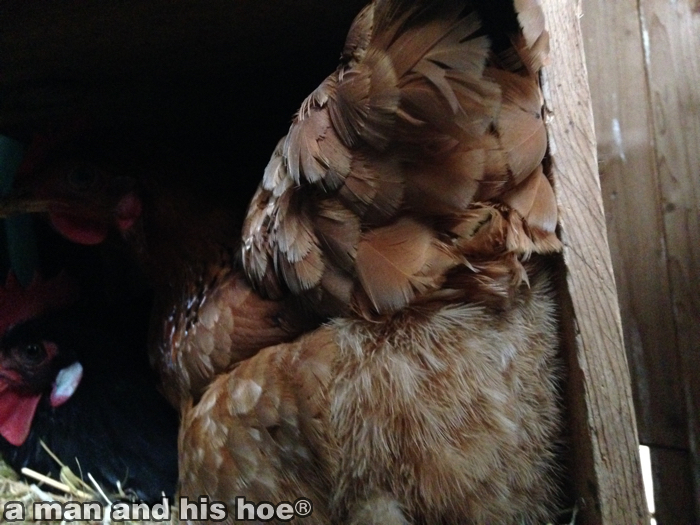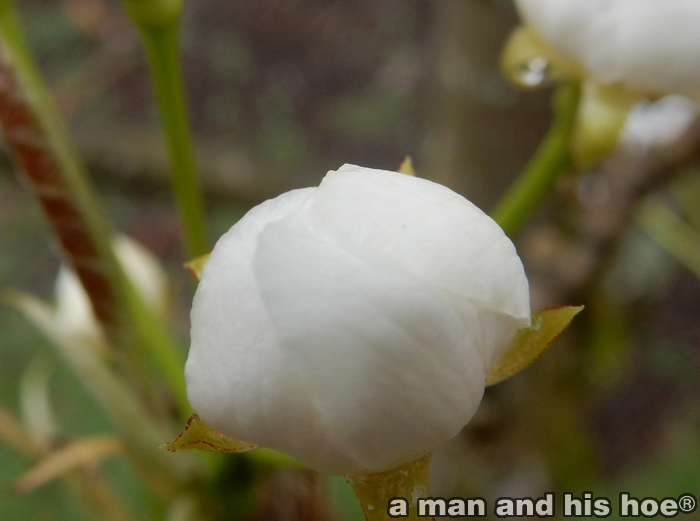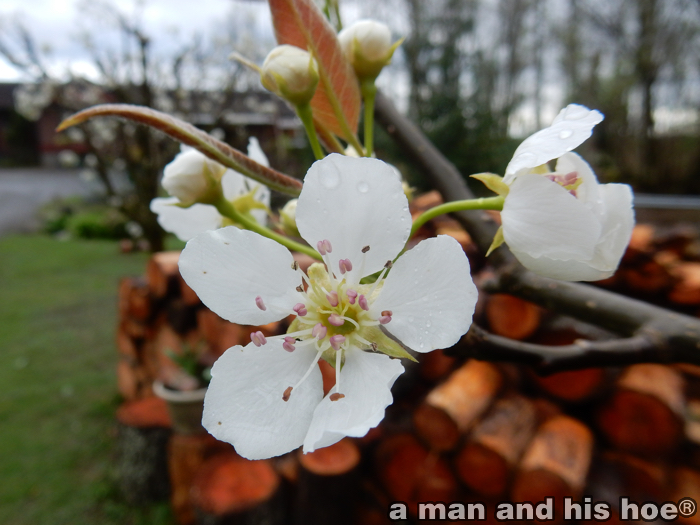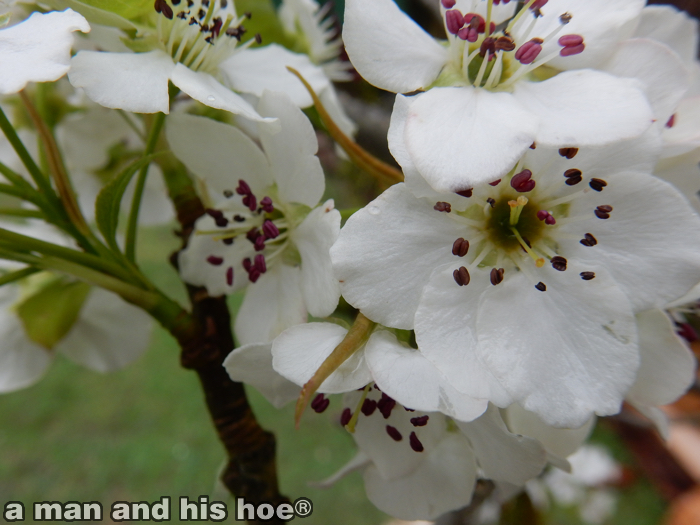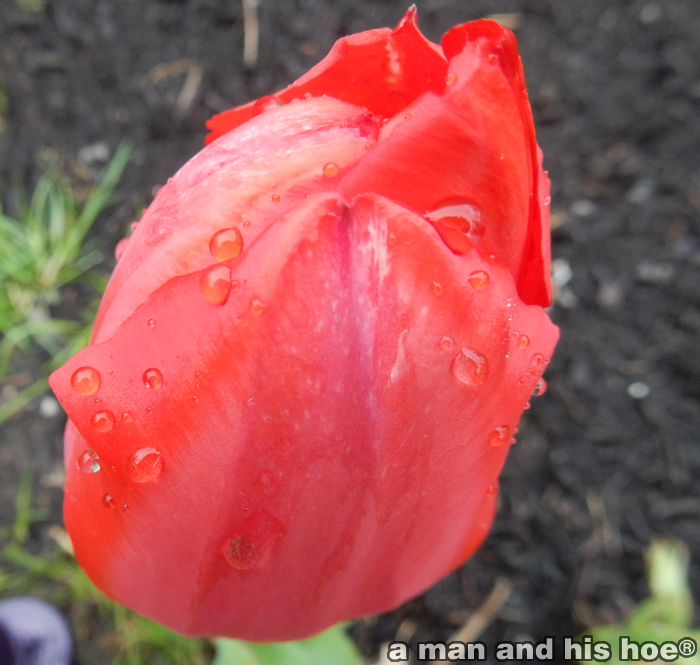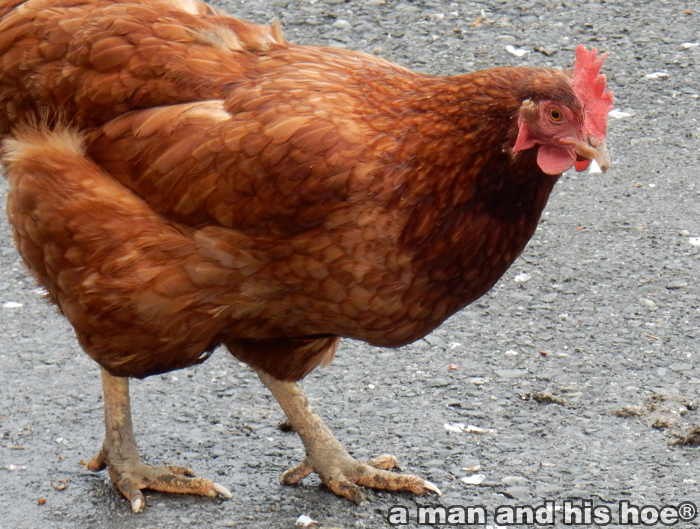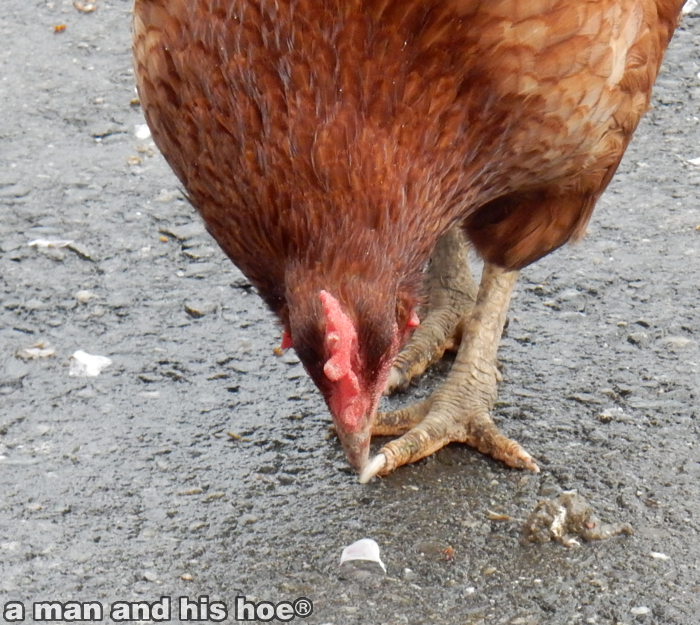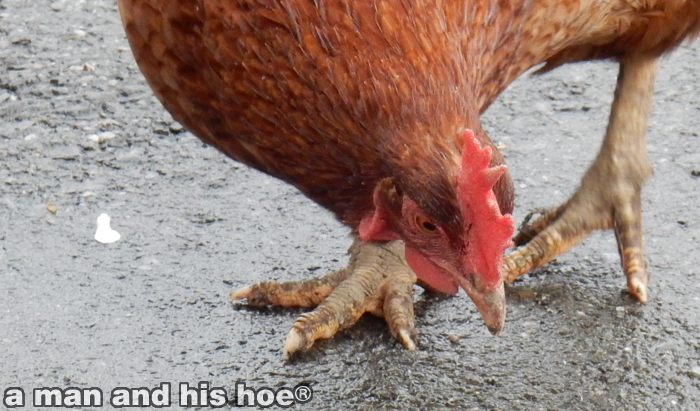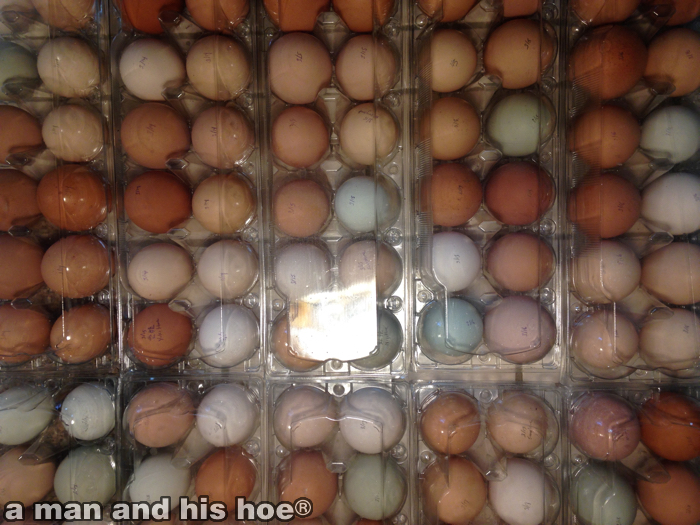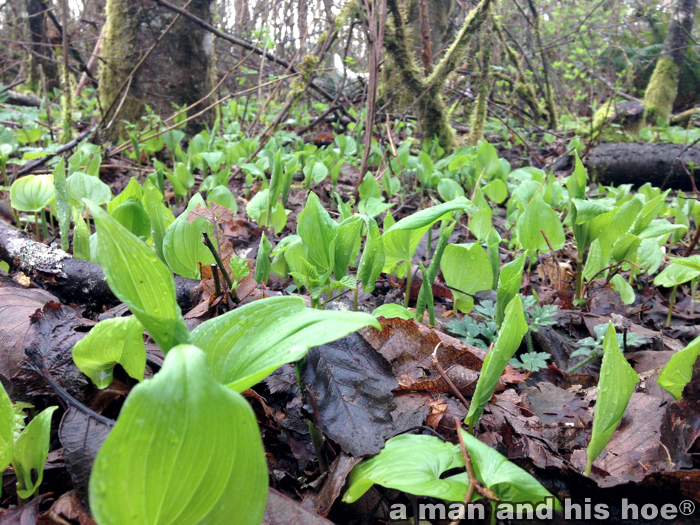
The trilliums, spring beauties, and bleeding hearts are awake and pushing through the fallen leaves. Soon the forest floor will be a carpet of green with pink and white flowers. Can you imagine that almost no chicken ever gets to wriggle her toes in such lush undergrowth? And yet they are birds descended from jungle fowl. With such ancestry, every chicken deserves to spend time every day feeling the lush forest floor between her toes.
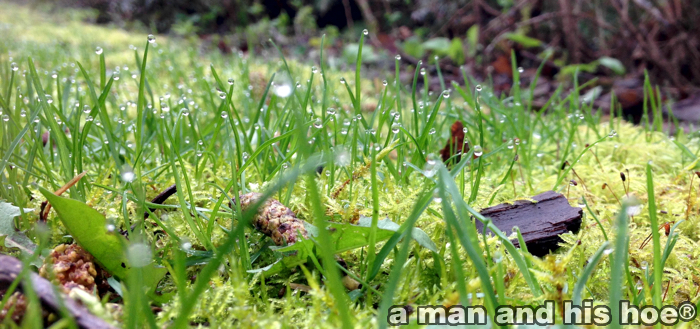

So do humans, when you think about it. We’re descended from forest dwellers too. So why are so many of us walking on concrete all the time? Our feet are made to move over thick carpets of moss and fallen leaves and wet tickling grasses. Feel the dew drops kiss your toes. Reclaim your heritage. Venerate our ancestors of a million years ago. Feel the grass between your toes. Liberate yourself from concrete.
